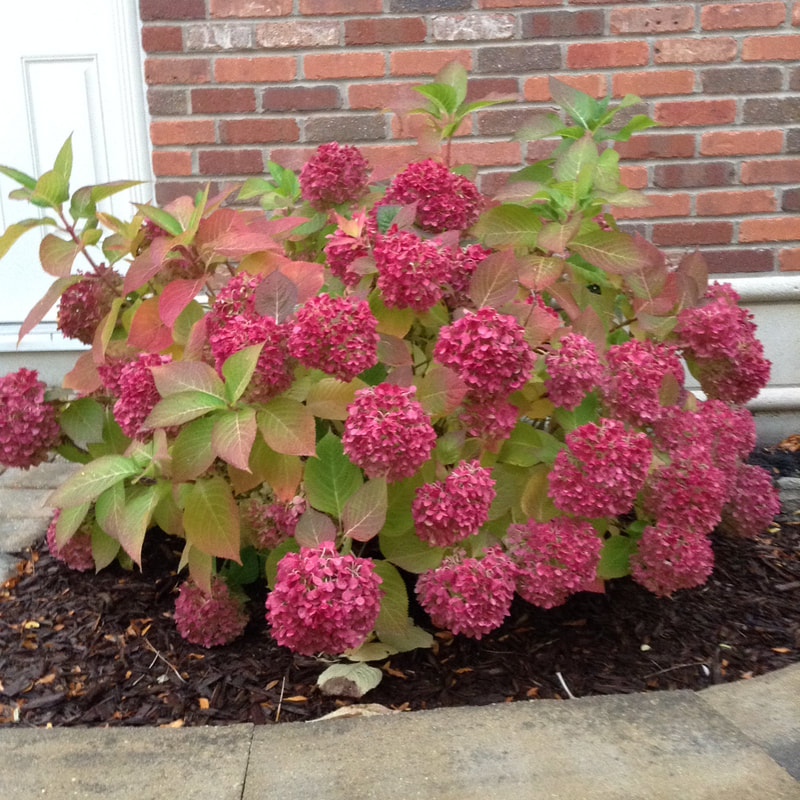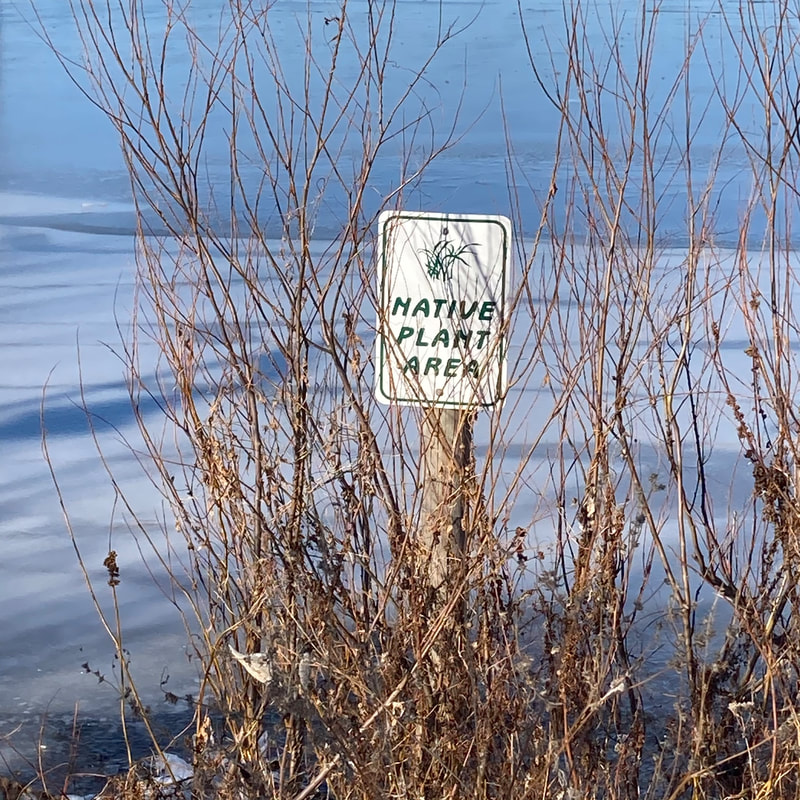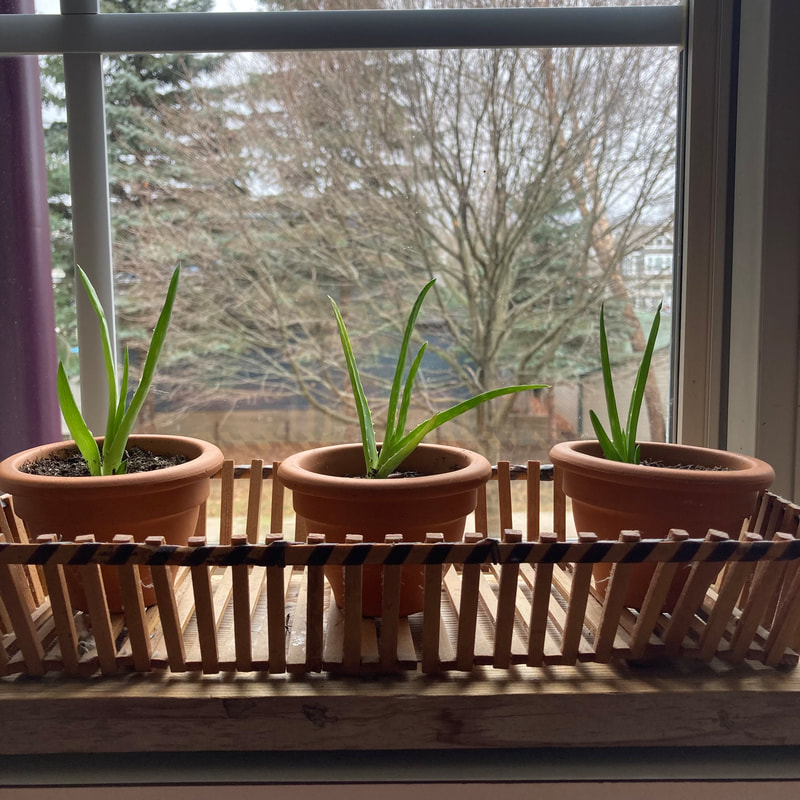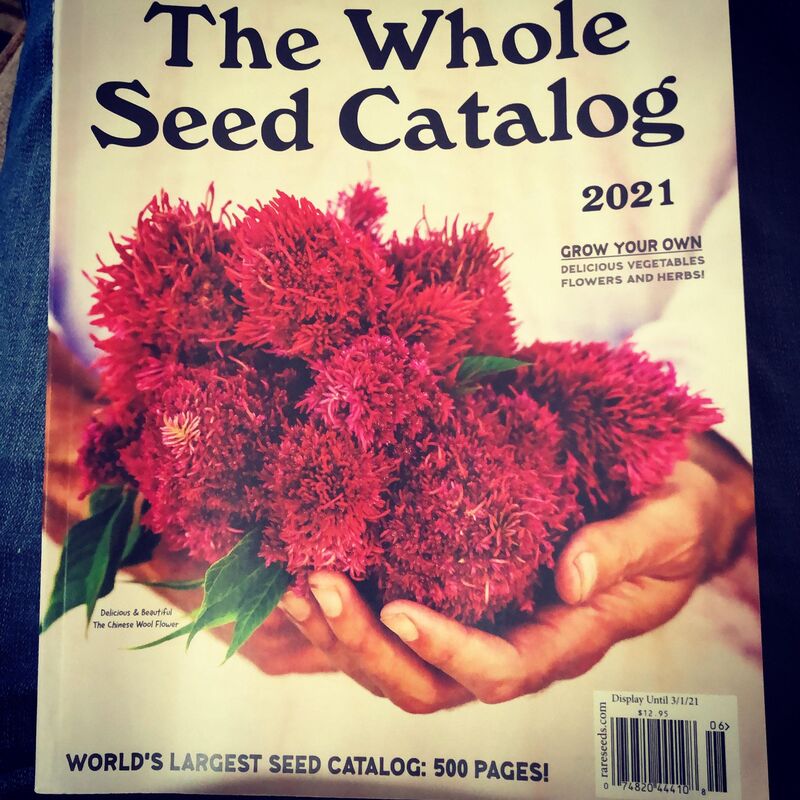|
Photo and article by Donna Iverson Beautiful. Beautiful. Beautiful. That is the comment most people make on seeing a hydrangea bush in flower. The flowers are large, fragrant, showy and, well, beautiful. As many of you already know, the flowers come in many colors including pink, white, lavender and white depending on the soil PH. Alkaline soil produces the pink color while acidic soil turns the flowers blue. Gardeners often alter the soil PH to get their preferred shade. Lime makes the soil more alkaline and aluminum sulfate acidifies it. Although if you want to go the natural route, add coffee grounds and egg shells for acidification. Are hydrangeas native to our area, I wondered ?? Of five types of hydrangeas, two are native to North America: the smooth heart-shaped leaf or wild hydrangea (arborescens) which can grow to 7 feet tall and look like a tree and the oakleaf (quercifolia) variety. The other types mostly originated in Asia, including the French, panicle, and climbing hydrangeas. Hydrangea bloom from spring to fall and are usually planted as a hedge in home landscapes. They prefer morning sun, afternoon shade and lots of water. Deer will eat them if they are very hungry. But deer eat any plant if they are hungry. The plant is a long lived plant, lasting 50 years or more. An old fashioned plant, hydrangeas make an excellent addition to a cottage garden and will grow in containers on your patio or deck The flowering shrub is definitely becoming more popular and was named plant of the year in 2018 by the Royal Horticulture Society in the UK. A pollinator plant it is not and will not attract bees so if it’s pollinator plants you are seeking to add to the yard or garden, hydrangeas won’t cut it. Hydrangeas do have a long history, dating back 64 million years to the time of the dinosaurs. But it wasn’t until 1739 that the plant got its name from a Dutch botanist named Jan Frederik Groconius, who thought the flowers looked like an ancient water pitcher. . For more information on how to buy and care for hydrangeas, check out the https://americanhydrangeasociety.org. The American Hydrangea Society offers Zoom meetings for enthusiasts. “A fascination with the hydrangea in all of its forms is the common thread that unites the members of the AHS,” says their website.
0 Comments
Photo and article by Donna Iverson
Whether you have lived here all your life or are a recent transplant, getting acquainted with the native plants in the Newaygo-Muskegon river watershed is worth the effort. And adding some native plants to your home landscape or garden brings many benefits. Such as: Restoring habitat The Newaygo-Muskegon watershed was once covered in white pine. And the flora along the Muskegon River was acclimated to a wetland habitat. In fact, in Ojibwa, the name Newaygo means “much water” and Muskegon translates as “swamp.” Today white pine is making a comeback after it was almost logged to extinction by the turn of the 20th century. In 1955, in response to letters from school children, Michiganders made the eastern White Pine the state tree. As for the watershed flora, it is also endangered due to the toxic dumping during the logging era. But like the pine tree, the native plants in our watershed are making a comeback. And that’s thanks to conservationists and gardeners. Interest in native plants have been growing over the last decade, and many nurseries and garden centers now offer a native plant section. But be careful. Ask if the native plants were propagated at the nursery to be sure they weren’t removed from the wild. Whether you are interested in planting a native garden or just want to add a native plant or two to the existing gardens, here are some suggestions: milkweed, coreopsis, delphinium, coneflower, sunflowers, liatris, primrose, lupine, bergamot, goldenrod, obedient plant, aster, spiderwort, ironweed, and rudbeckia, otherwise known as Black-eyed Susan. If you are a beginner, rudbeckia is probably the easiest to grow from seed. While restoring habitat is enough reason to choose native plants, there are other advantages. Attracting pollinators If you want to attract pollinators to your property, native plants are the way to go. Hybridized flowers may look impressive with their large flowers and showy foliage. But because they have been bred for flower size, they have lost their scent. And with their oversized double petals, pollinators are not able to reach the nectar. Native plants, on the other hand, are indigenous to the same region as the pollinators that feed on them. Native plants usually have single flowers with nectar easily reached by bees, butterflies, moths and hummingbirds. They are strongly scented and brightly colored adding to their pollinator attraction. Low maintenance In addition to restoring habitat and attracting pollinators, native plants are low maintenance. They require very little water, no pesticides and are not invasive and will thrive where planted. To learn more about landscaping and gardening with native plants, check out the Muskegon Conservation District which sells plants native to Newaygo and Muskegon counties. They are located at 4735 Hilton Road in Twin Lake and have regular sales of native plants. You can sign up for notices at https://muskegoncd.org/projects-programs/native-landscaping/ Photo and article by Donna Iverson
January has arrived along with snow, cold, and seed catalogs. The first to arrive in my mailbox this new year was from Seed Savers Exchange located in Decorah, Iowa. Their 2021 catalog offers untreated, organic, non-hybrid, non-GMO seeds. When gardening seems a distant dream, seed catalogs like Seed Savers Exchange, offer a tangible promise of garden beds filled with veggies, scented herbs and colorful flowers. In addition to the many pages of seed offerings, especially enjoyable were the inspiring stories of gardeners who shared insights into their favorite growing experiences. For example, Kirsten Shockley of Oregon wrote of growing peppers from rare seeds like Jimmy Nardello’s and Carmen. “I am always surprised how mostly the same species can produce such variants in beauty, flavor and color,” she wrote. After reading the many gardening stories, I found myself impatient for spring and longing for something green growing in the winter months. So the next day, when walking by my local yoga studio, I notice potted aloe plants sitting on the window ledge. And they were for sale. The inspiration lightbulb went off in my head. They would make for a perfect windowsill garden, checking off a lot of my favorite gardening boxes: aesthetic, herbal, medicinal, cat proof, and low maintenance. Researching the internet, I find that aloe is also edible but that’s a reach too far for me. Aloe Vera has an otherworldly quality, a spare beauty that speaks of desert sand and hot days under a blazing sun. Yet it seems perfectly happy in a sunny window with snow piling up outside. As experts say that most of us now spend 80 to 90 percent of our time indoors, plants like aloe offer an opportunity to bring nature inside. The point is that your windowsills offer many gardening opportunities. Whether it’s planting seeds in early spring to transport to the outside garden, or growing culinary herbs for flavoring your favorite dishes, or maybe some germanium plants to lift your spirits. You can start with plants purchased from local garden shops, or buy seeds from your favorite gardening catalog, arriving now. If you do decide to go the catalog route, order early as last year many seeds sold out as people found gardening both a way to relax and grow food during a pandemic. The same is expected to happen this year. Add to that predictions that the seed catalog may soon become a thing of the past, as more and more customers are ordering online. There is no time to delay. Seed catalogs being a ray of sunshine in January. Provide inspiration and news from fellow gardeners. And can be saved and used almost like a gardening encyclopedia the whole year around. And the stunning photography makes even the most unlikable vegetable look delicious. |
Archives
July 2024
Categories |




 RSS Feed
RSS Feed